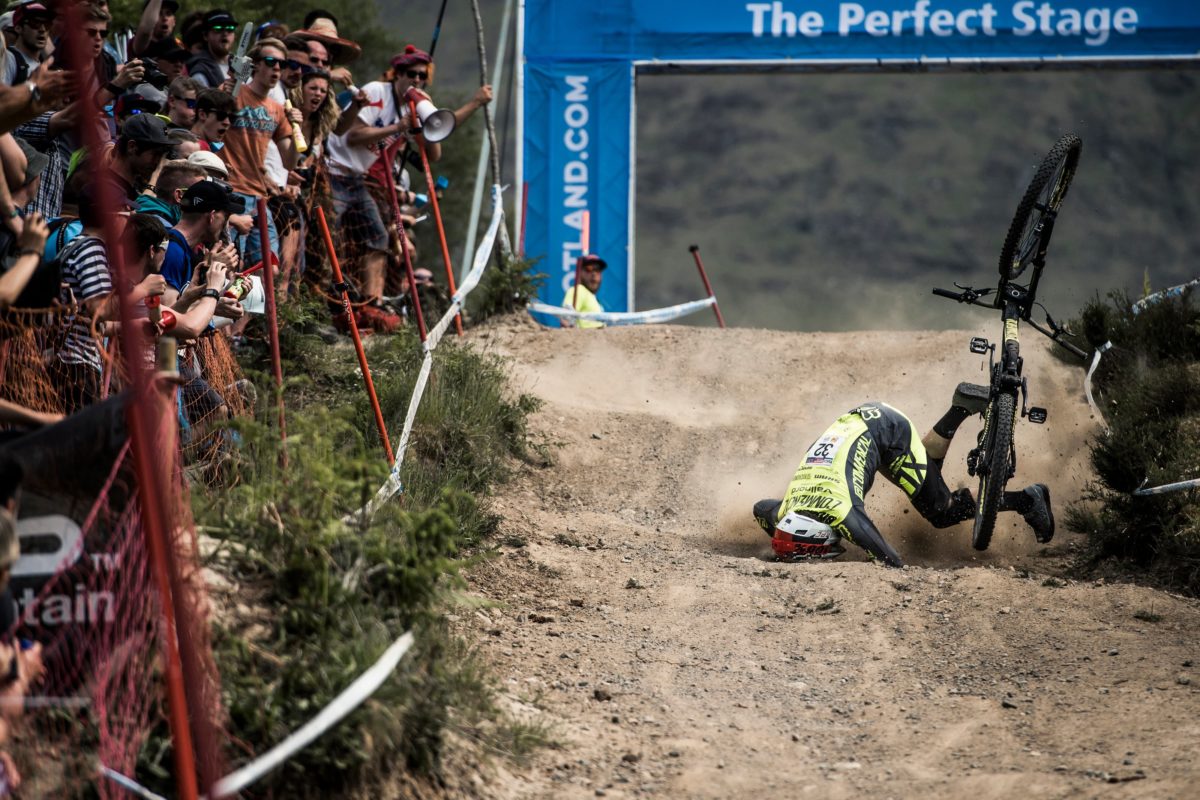
Injury is a risk every mountain biker takes. As Greg Heil once wrote, “the pain, the suffering, the injury, is coming for all of us.” Whether that’s true or not, I know from personal experience that there are ways to reduce the chance of being injured from MTB crashes. Here are four simple things that anyone can do to reduce their risk of mountain bike injury.
Do strength training on a regular basis

Strength training is not as much fun as blasting through the woods on a mountain bike. However, all mountain bikers should do strength training on a regular basis. Developing strong core muscles give us greater balance and control on the bike.
Not only that, adding muscle mass will protect your bones in a crash, reducing the likelihood of fractures. You don’t need to lift weights until you bulk up like a body builder. Instead, try MTB-oriented workouts like the one Matt Miller suggested in a recent article, or like the ones James Wilson mentioned in this podcast interview.
Learn how to fall correctly

No one wants to fall off their bike, but it’s bound to happen at some point. When it does, how you fall might make all the difference in whether your body gets hurt or not.
The first thing you need to learn is that you should never tense up or brace yourself when falling. Broken wrists and collarbones are commonly caused by doing so in an over-the-handlebars crash. Instead, relax your muscles. Second, try to tuck and roll when you fall. This maneuver has two purposes. It helps protect your limbs, and it helps dissipate the force of impact when you hit the ground.
I’ve fallen off bikes the right way, and the wrong way. Believe me, the right way is much less painful.
Ride within your comfort level

There are features on trails that scare me. I just can’t get comfortable with steep, technical descents. I don’t like the feeling that I could fly over the handlebars at any moment. I’ll occasionally attempt a steep drop if I’m feeling confident, but if I’m not feeling it, I either walk down, or ride around.
Every time I have attempted to push through a feature I’m not comfortable riding, the results have been disastrous. Whether it’s your own ego, or pressure from your riding buddies, don’t give in if you are not comfortable doing so. You are no less of a mountain biker if you err on the side of caution.
If you want to advance in your riding, do so at the pace you are comfortable with, and/or in a designated skills progression environment (think coaching sessions, foam pits, and skills areas). You’ll make more progress this way without having to overcome setbacks from injuries.
Wear protective gear
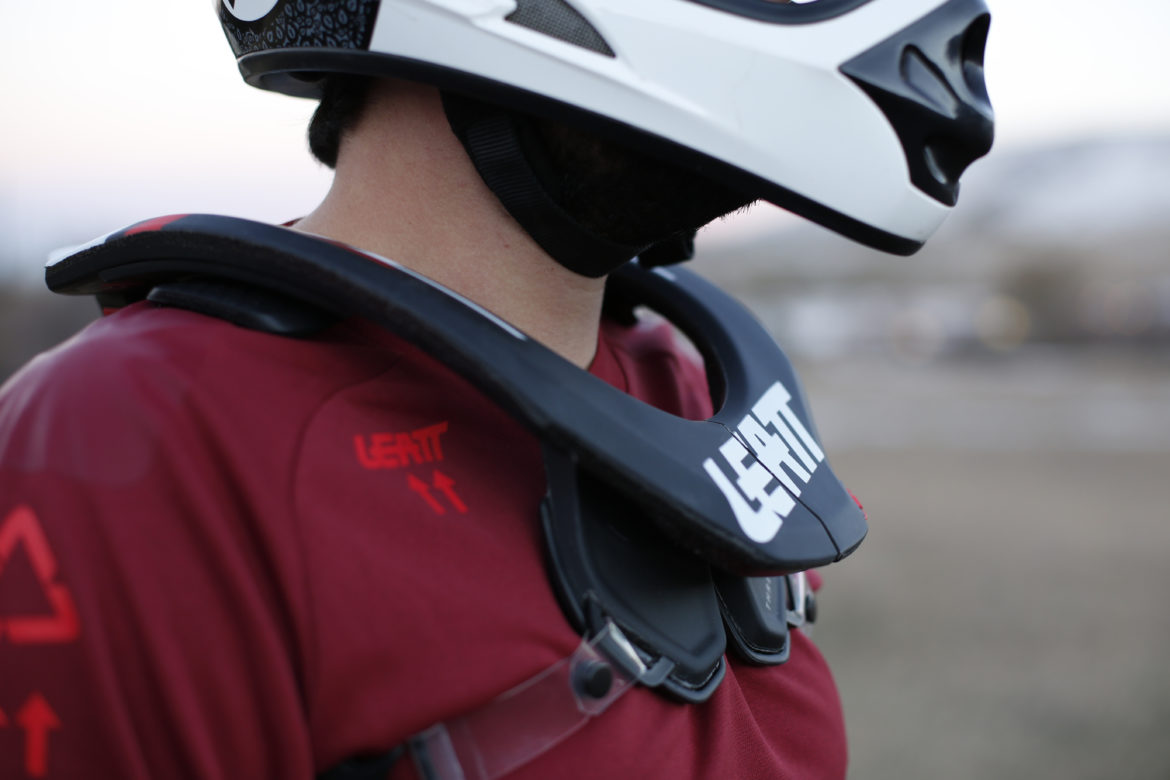
Wearing a mountain bike helmet is a no brainer (ha!), and it may even be required by law. Protective gear won’t prevent all injuries, but in most cases it can significantly reduce the severity.
Beyond helmets, consider knee and elbow pads, chest and back protection, and even a neck brace. Manufacturers are starting to build protective features into everyday wear items like hydration packs and even jerseys. Consider adding one or more of these pieces and you just might be surprised how little they interfere with your riding comfort.
Risk will always be there, but it can be reduced

Even if you follow all four of these suggestions, the risk of injury will always be present every time you climb on a bike. Our goal as riders should be to reduce the risk as much as we can. The tips I have provided will help you meet this goal, and better enjoy your rides.
Do you have a suggestion for reducing the risk of injury from MTB crashes? Please feel free to share it in the comments section below.










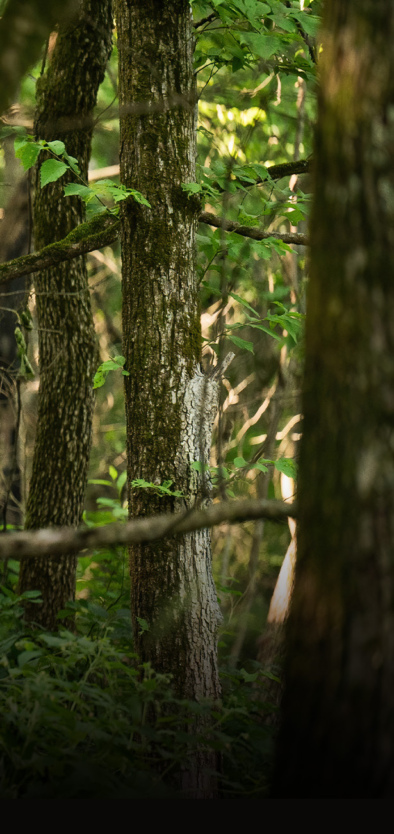


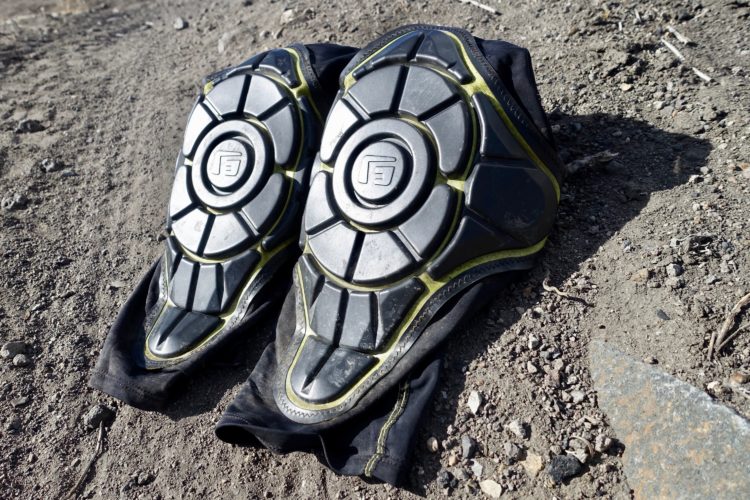
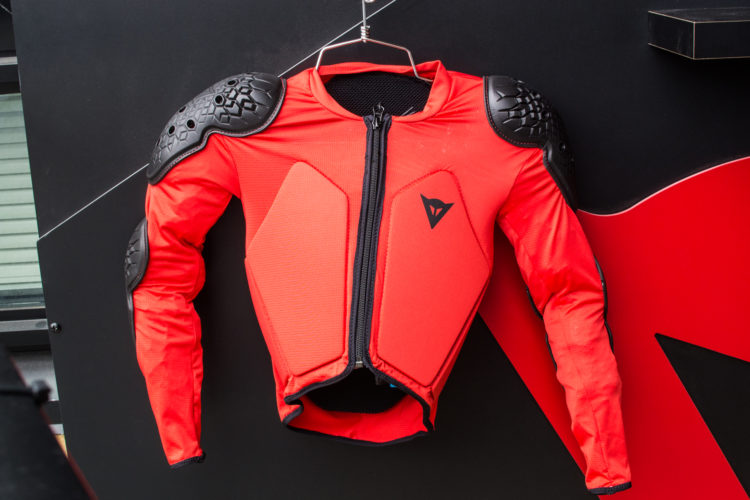

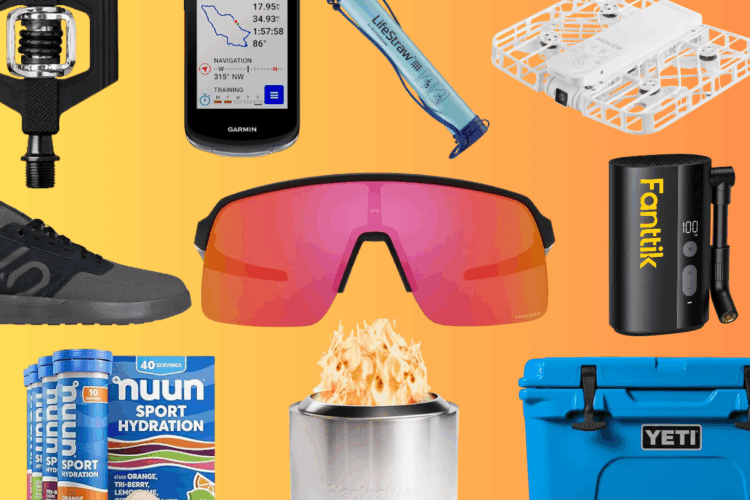
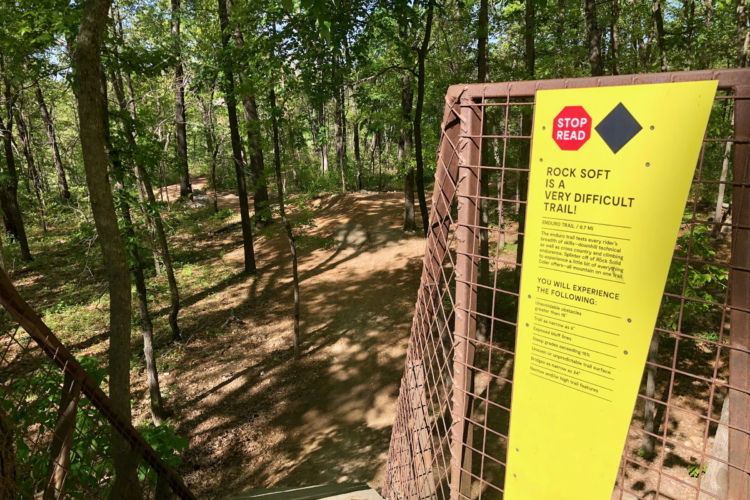
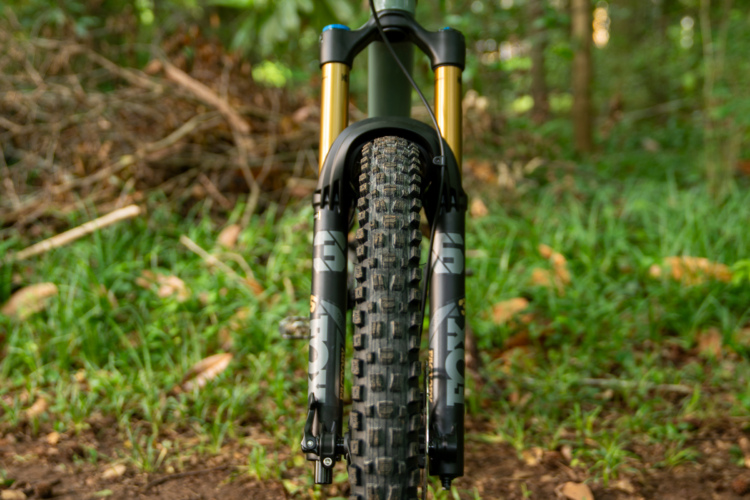
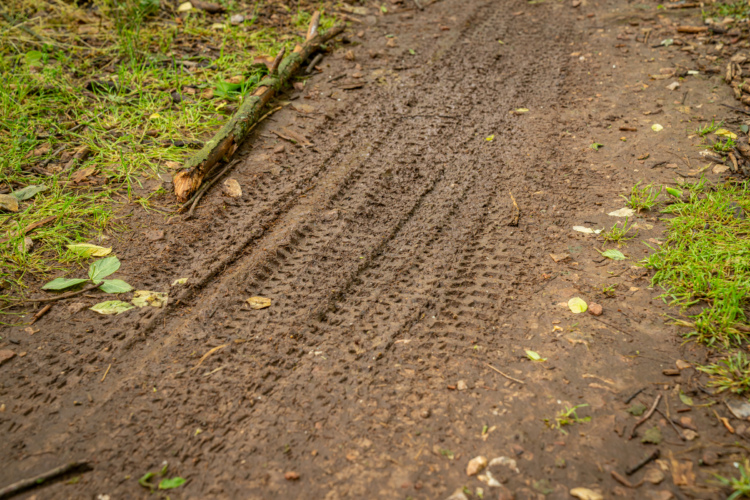

24 Comments
Feb 5, 2019
Feb 7, 2019
Maybe a good idea to spend some time in a dojo and learn some ukemi.
Practicing falls in Judo or Aikido, on a nice mat, will give you an invaluable soft-fall technique.
Feb 5, 2019
Feb 7, 2019
Feb 7, 2019
One pro way is to practice at a foam pit or on an inflatable air bag designed for bike jumping. If you don't have access to one of these facilities, grass can be your friend. Parkour and stretching seem like they could help as well with minimal risk of actual injury.
Feb 7, 2019
Feb 8, 2019
But all this new lightweight armor will help. I wish there was a jersey with armored sleeves. That lower arm can get shredded too.
Feb 8, 2019
Feb 5, 2019
Feb 5, 2019
Feb 7, 2019
Maybe a good reason to perfect the "Bunny" Hop.
Guess that viper must have connected solidly, for you to have needed that antivenin?
What did you do for First Aid at the time? (I hope you hadn't read any of the old textbooks about hacking and sucking.........)
Feb 6, 2019
Feb 5, 2019
Feb 5, 2019
Feb 6, 2019
Ever since recovering from that one, I actually ride more aggressively, especially in technical terrain. I have found that when I'm pushing my limits and riding more aggressively, I focus much better vs losing concentration when I'm just spinning along and not paying attention....
Feb 6, 2019
Feb 6, 2019
Feb 5, 2019
Feb 5, 2019
I found that the body part I injured most frequently when I crashed was my knees - I won't ride without knee pads now, even for XC rides (unless they're REALLY leisurely). Not being able to walk or drive after a crash is a big problem.
Feb 5, 2019
Feb 7, 2019
Feb 7, 2019
Feb 7, 2019
"Learn everything in a progression -- and do not progress until you can do the easy version 1001 times out of 1000"
The key is not to find it boring, but to really enjoy feeling good on those !001 shots........
Feb 8, 2019